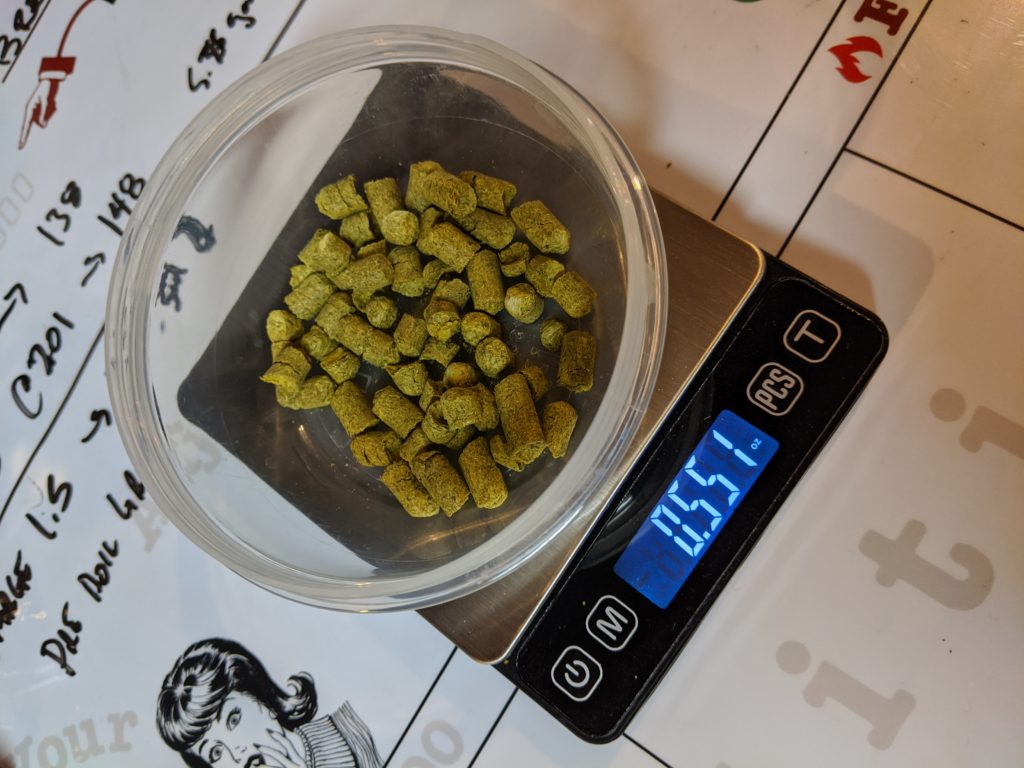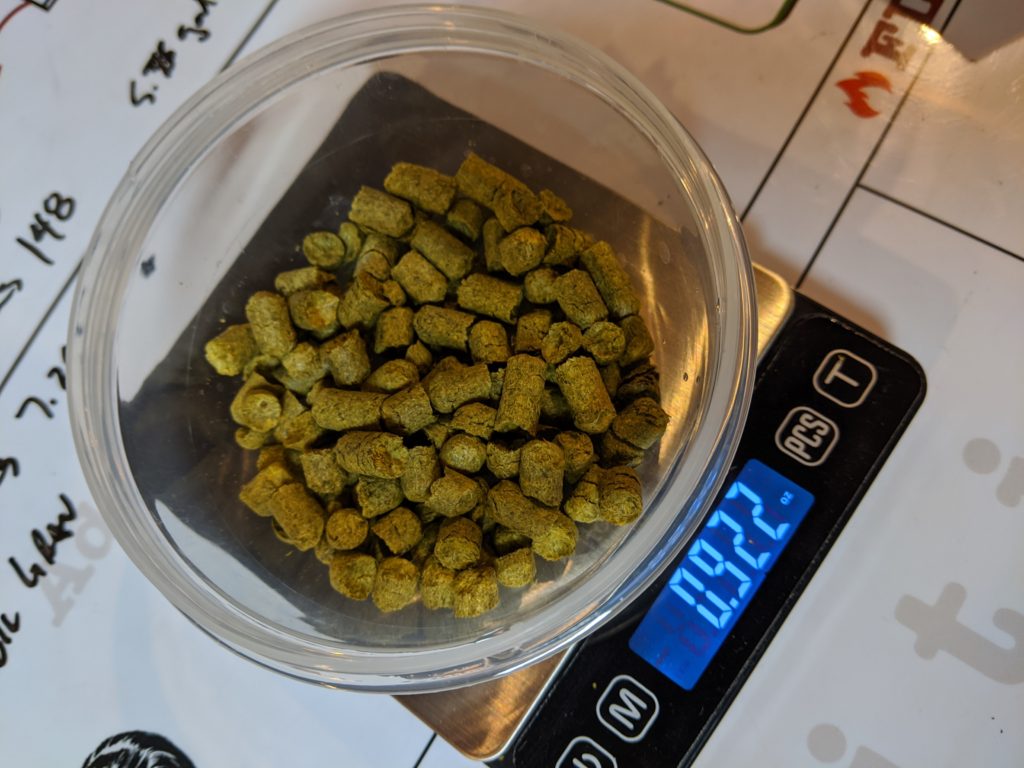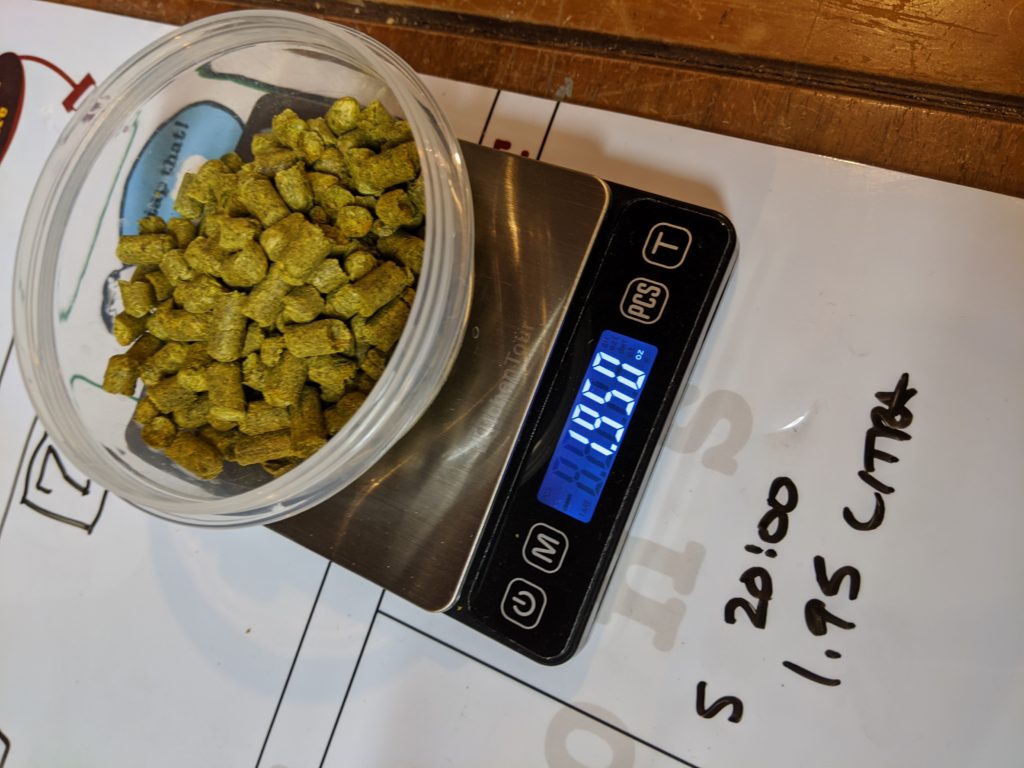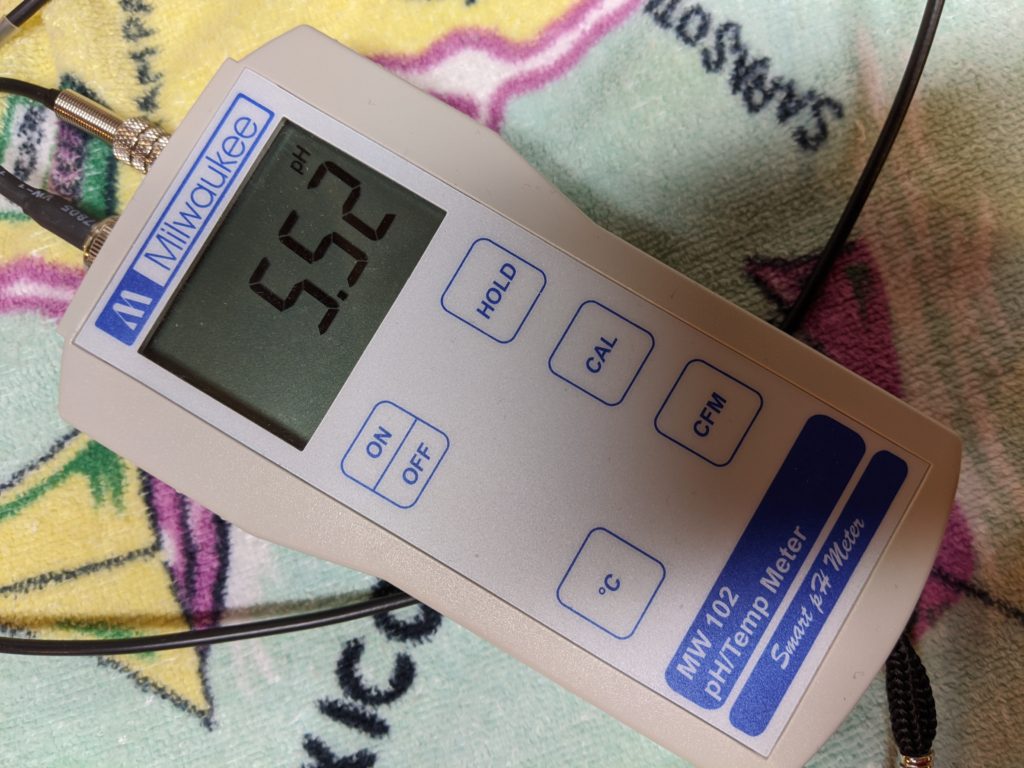Brewtubers Yeast Experiment Brew Day
Brewtubers is an online club of homebrewers that use YouTube. I have only a few things on YouTube and have visions of more grandeur than I currently have.
Anyway, at the persuasion of Exit 12 Brewing, I jumped into this thinking “I’ll want to brew an IPA sometime around early February.” I was correct, but I promptly forgot about it in favor of a kveick white IPA. So I was brewing this at the last second.
I selected “Unicorn Dust” – Imperial A20 Citrus / WLP644 Saccromyces “Brux Trois”. According to White Labs, I might see a pellicle, but they’ve done some sequencing and determined that it is a saccromyces variant. It is diastaticus-positive, which is a concern, but it shouldn’t be a major concern since I keg and the bottles won’t be sitting around for too long.
The premise of this experiment is to try to control as many factors as possible – distilled water, specific water additions (thank God I happen to have calcium chloride, I forgot to make sure I did when buying stuff) measuring hops to IBUs instead of ounces, and ensuring the OGs match.
The base recipe is here. I didn’t make any adjustments to the malts – based on my inputting them into my system setup on BeerSmith, they came out to an OG of 1.066. I did make adjustments to the hops – and made the most accurate hop measurements I ever have…



One of the things I was wondering about was the mash pH. I’m used to my water, which goes between pH 75 and 8.5, so I normally use lactic acid. Part of the control of this is using distilled water and 4 grams of gypsum and 5 grams of calcium chloride as the brewing liquor, and a small amount of acid malt. I’ve never used acid malt, so I put the small amount of malt into a separate bag at my LHBS and about halfway through the milling the grain, I dumped it into the mill. The pH didn’t look too bad…

After the 20 minute steep, I went to chill the wort and see if I needed to add some distilled water or malt extract by immediately pulling off some wort to test. I realized it was at 68F, so I immediately transferred the wort to the carboy… which was ultimately 61F. The yeast prefers it to be warmer, 67-80. It did warm to the mid-70s over the next few days of fermentation.
This was kegged using my closed-kegging method, which is shown in the video below.
Evaluation

Appearance: Hazy copper color with a fine off-white head. It has cleared a little since being in the keg.
Aroma: Banana and orange flesh. As the keg aged, I noticed some peach coming out.
Taste: Orange flesh, banana, and some peach. Moderately bitter.
Mouthfeel: Medium mouthfeel with light non-lingering bitterness. Medium carbonation appropriate for style. Juicy orange flavors linger.
Overall: This is a tasty and juicy beer, although the bitterness is very low for the style (it should be west coast IPA).
Cheers!